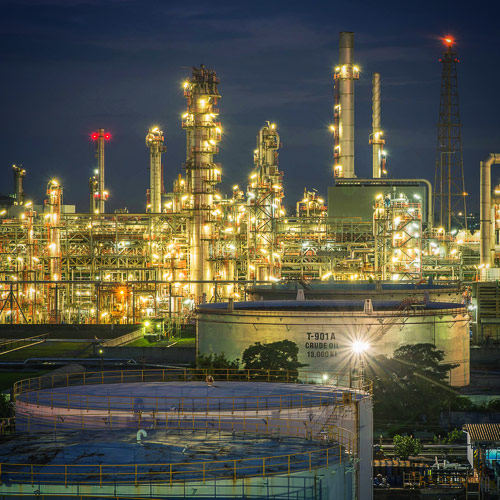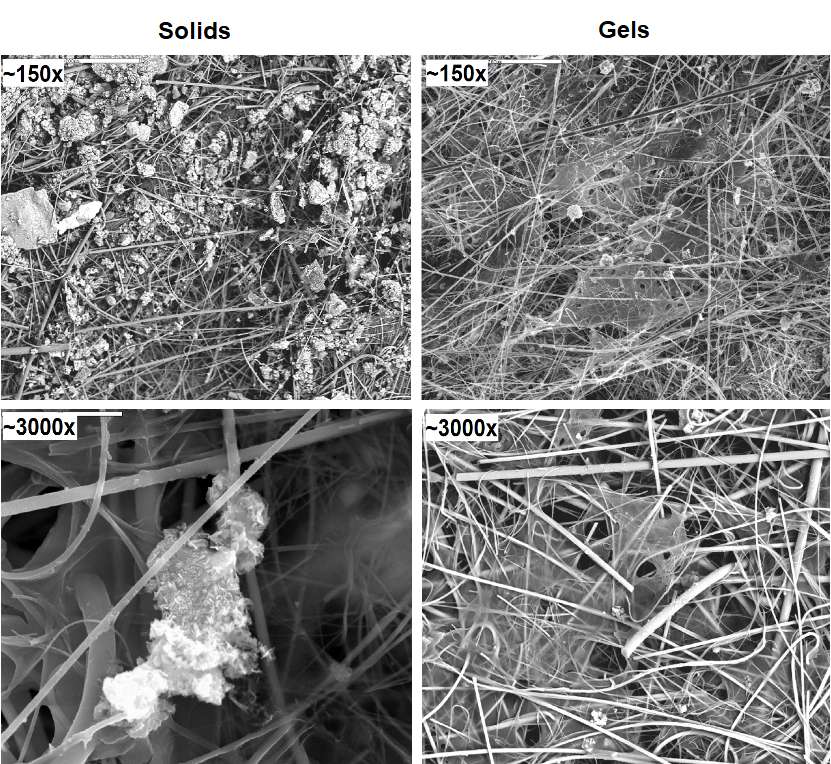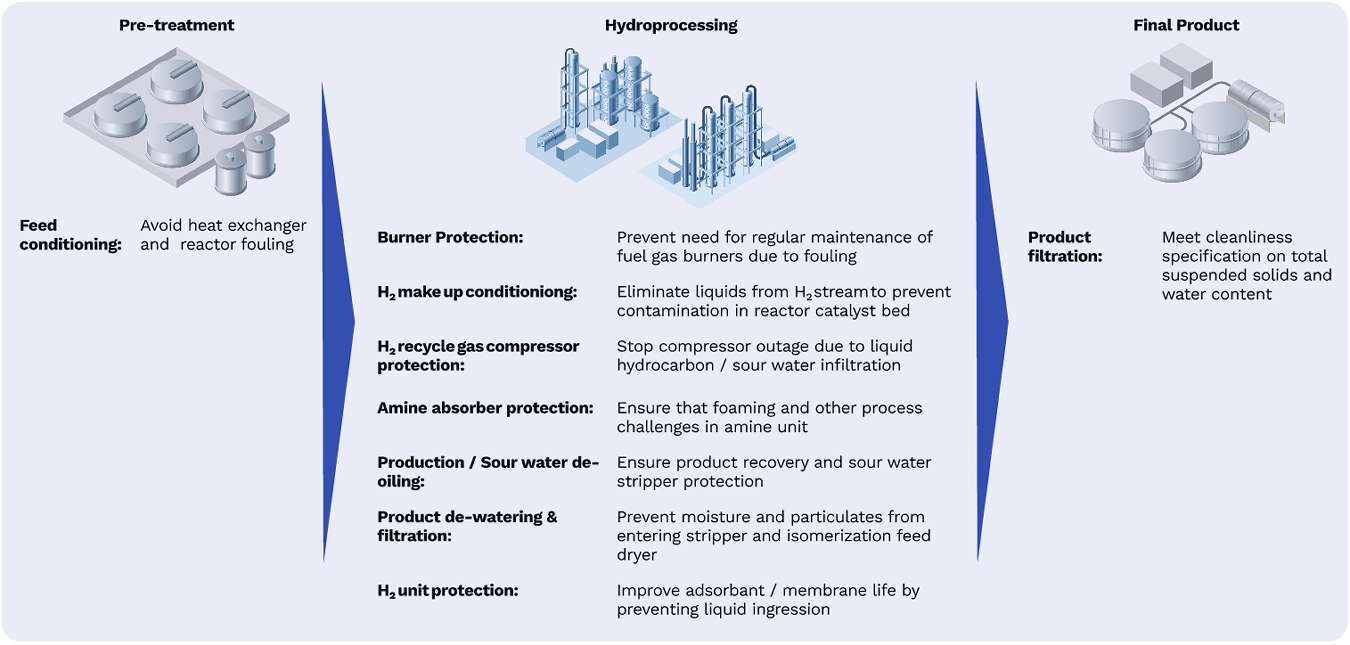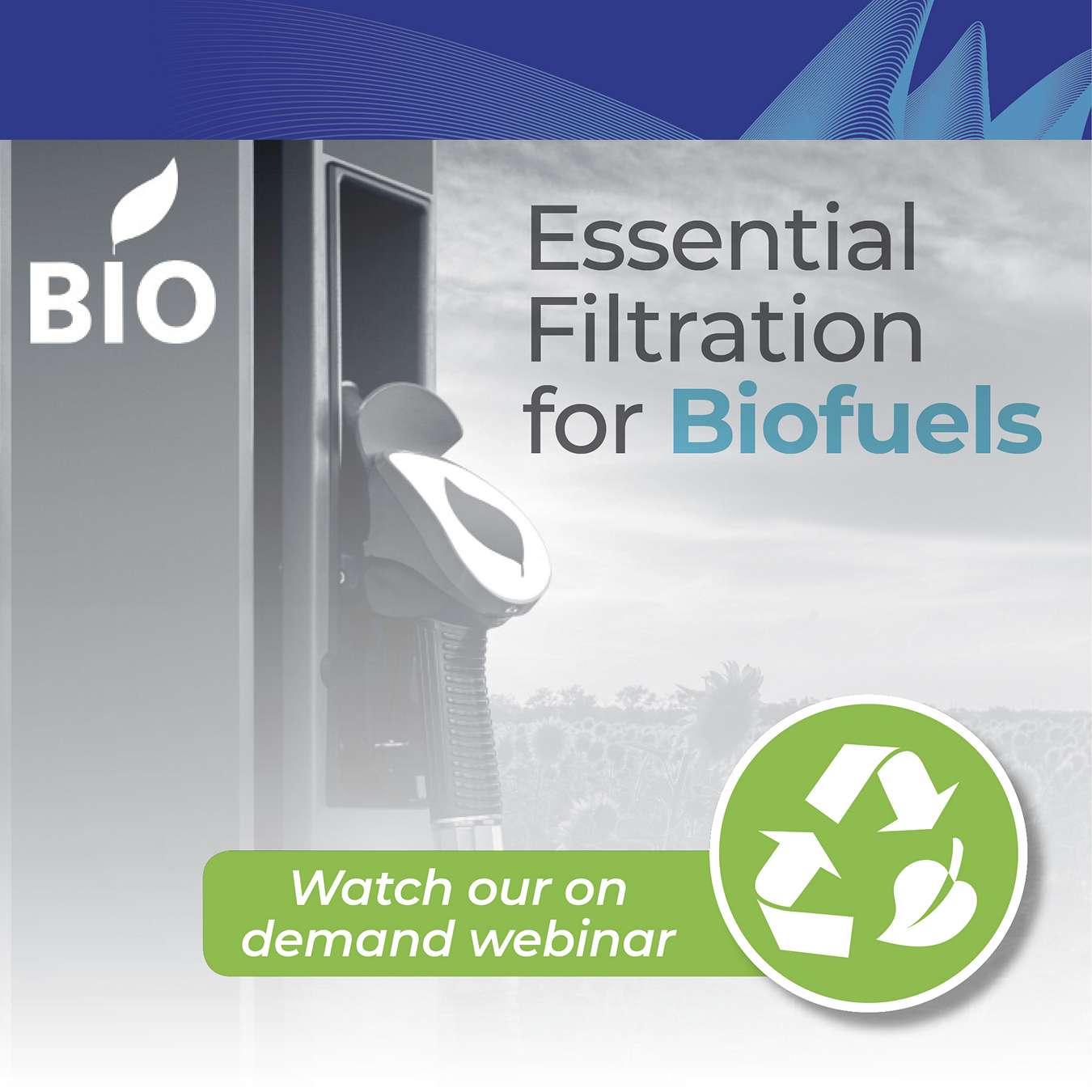O que torna a filtração crítica para o processamento de matéria-prima biológica?
Há uma variedade de matérias-primas de resíduos usadas em biorrefinarias, cada uma variando em sua composição e qualidade.
Como resultado:
- Os tipos de contaminação variam consideravelmente
- Existe uma ampla gama de níveis de contaminação
- Variabilidade da distribuição do tamanho da contaminação
- Partículas semelhantes a gel estão presentes
Apesar do pré-tratamento, a matéria-prima biológica tende a se degradar durante o transporte e armazenamento. Esses géis e impurezas particulados podem causar danos graves ao equipamento a jusante se não forem filtrados.
Além disso, matérias-primas biológicas normalmente contêm oxigênio em abundância, que é convertido em CO, CO2 e H2O durante o hidroprocessamento. Dependendo do tipo e da proporção de matéria-prima de base biológica inserida na refinaria, o volume de produtos gasosos e a umidade gerada podem diferir significativamente e impactar as operações da refinaria.
Alguns dos desafios incluem: Vista ampliada da contaminação de biomassa.
- Demanda adicional de hidrogênio
- Necessidade de maior capacidade de tratamento e remoção de gás
- Remoção adicional de água coproduzida
Más escolhas de filtração e separação geralmente têm consequências de milhões de dólares. O risco aumentado de umidade e contaminação em catalisadores e equipamentos críticos devido ao processamento de matéria-prima biológica pode levar a tempos de inatividade frequentes para consertar/substituir essas peças de tecnologia caras. Investir em um sistema de filtragem eficiente e de alta qualidade é essencial para proteger os equipamentos a jusante e garantir que as instalações funcionem sem problemas com menos tempo de inatividade.
Benefícios de usar tecnologia de filtração de alto desempenho



